

CarExpert.com.au
The CarExpert team's favourite cars of 2025
11 Hours Ago

Contributor
Suzuki is a brand of contrasts.
While the Japanese brand’s motorcycle business spans the gamut from scooters to the supercar-baiting Hayabusa, its automotive business has – with exceptions such as the XL-7, Grand Vitara and Kizashi – focused on smaller cars with more affordable price tags.
The Jimny is a prime example of this, and arguably the brand’s most iconic car.
Conventional thinking once said consumers must stretch into models such as the Land Rover Defender or Toyota LandCruiser 70 Series to have a vehicle that would cater to those demanding to go beyond the beaten track.
The Jimny, however, takes a different approach. By offering the same body-on-frame layout as these models but in a significantly lighter and smaller package with great approach and departure angles, Suzuki has long been able to rival their capability for less.
Let’s have a look at how the Jimny came about. This is part one, we will finish the series next weekend.
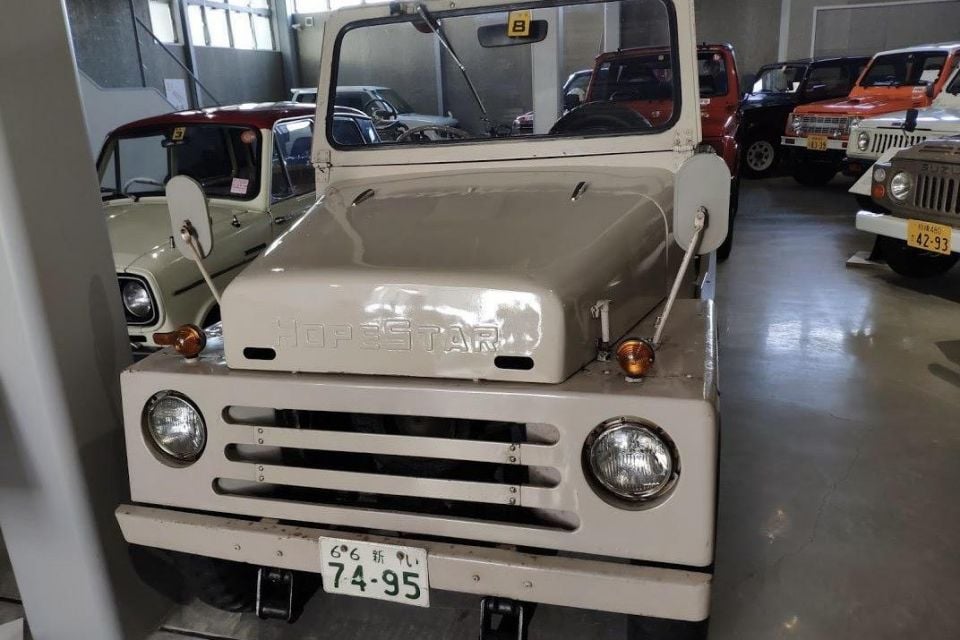
Perhaps surprisingly given Suzuki’s almost holistic focus on vehicles that are small, light and affordable, the original concept came not from Suzuki directly, but from a niche Japanese automotive brand known as Hope Motor Company during the 1960s.
Although Suzuki had been investigating the possibility of an off-road vehicle that could nevertheless still meet kei-car regulations, its purchase of Hope Motor in 1968 provided real impetus to the project.
At the time of purchase, Hope Motor had expertise in the creation of compact three-wheeled autorickshaws of the type still commonly used in India and various other southeast Asian and other developing countries today.
However, facing stiff competition from rivals including Daihatsu, it had largely ceased production of these three-wheeled vehicles in favour of a model called the Hopestar ON360.
This was the company’s last roll of the dice, being a simple, open-top 4×4 that cobbled together parts from its Daihatsu rival, as well as wheels from the version of the American Jeep that Mitsubishi was producing under license at the time, alongside other Mitsubishi parts.
Unfortunately for Hope, its precarious financial situation meant that only a few units were produced, as efforts to convince Mitsubishi to manufacture the design on a larger scale failed.
Suzuki instead came to the rescue, and as part of its acquisition of the entire company, was able to purchase the design of the ON360 for 12 million yen (now worth the equivalent of just $460,519).
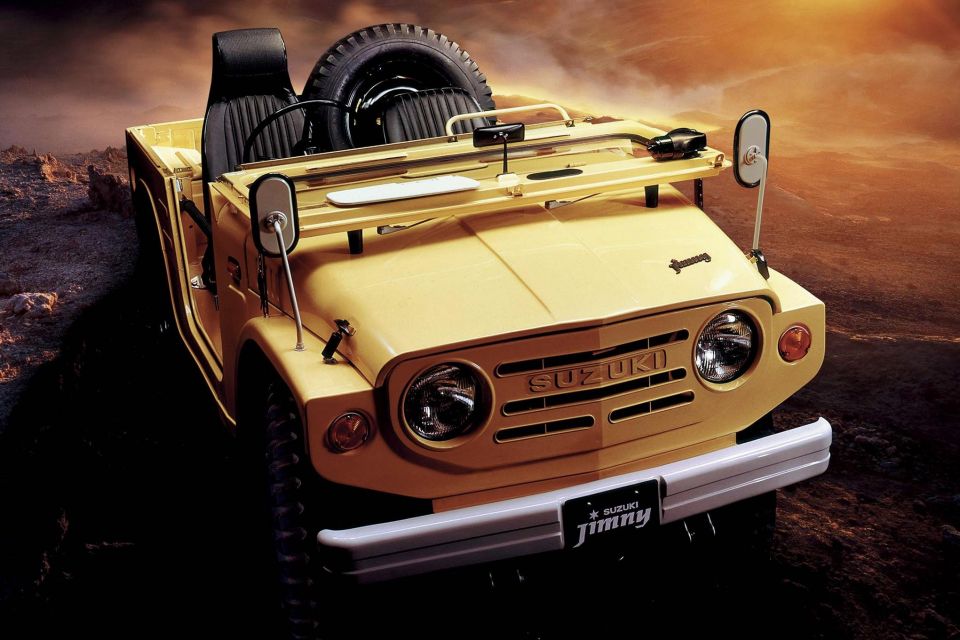
While Suzuki had bought the design rights to the ON360, the initial models produced by Hope Motor were effectively rough prototypes, lacking even basic features such as a fuel gauge.
For the first generation, then, Suzuki focused on making the car suitable for mass-production and replacing parts borrowed from competing Japanese companies with Suzuki-made items.
To this extent, the previous Mitsubishi engine was swapped out for a two-cylinder air-cooled 359cc unit producing just 18kW of power, but nevertheless the vehicle featured 4×4 essentials such as a two-speed transfer case with low range and body-on-frame construction.
Notably, the need to keep the total length under 3m to fit Japan’s kei-car regulations at the time meant that the spare wheel was mounted inside, restricting the car to a strict three-seater.
This initial version was known as the LJ10, with the LJ standing for ‘Light Jeep.’ An upgraded LJ20 variation featured a more powerful water-cooled engine for a top speed of 80 km/h, and was introduced in 1972.
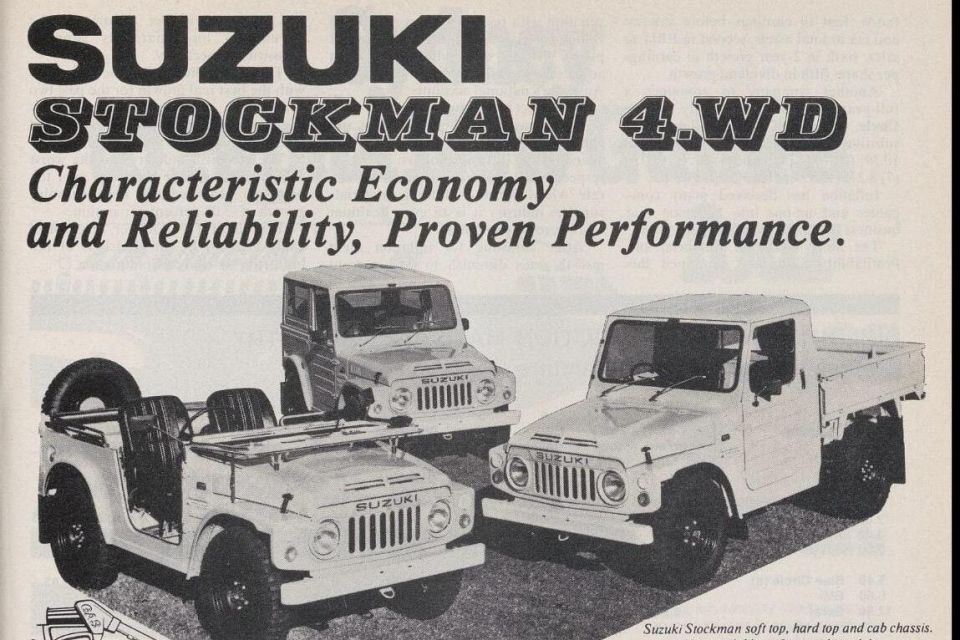
The Australian market received its first taste of the Jimny in 1975 with the more powerful LJ50 iteration (also known locally as the Stockman 4WD). With kei car regulations in Japan now allowing vehicles with a maximum engine size of 550cc, importers saw the suitably equipped LJ50 as appropriate for Australian roads.
Despite its larger capacity, the LJ50 retained a very modest power output of just 25kW and 57Nm of torque, allowing it to reach a claimed top speed of 97 km/h.
1978 saw further improvements, with Australian LJ80 models now using an even more powerful 797cc four cylinder engine with 31kW of power. These models were available in a range of bodystyles, including a soft-top, soft-top with steel doors, as well as hard-top and cab-chassis iterations.
Australian pricing ranged from around $3000 (the equivalent of $22,462 today) for an LJ50, to approximately $6000 (the equivalent of $32,682 today) for the subsequent LJ80 in hard-top configuration.
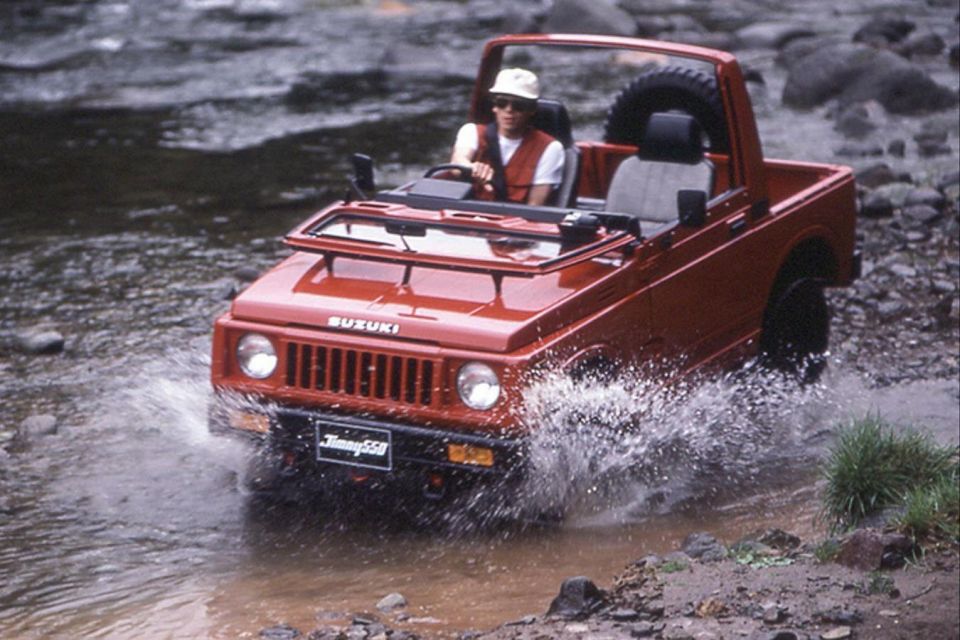
The second-generation Jimny is perhaps the model that really kicked-off its global popularity.
Retaining its predecessor’s ladder frame layout, the second generation added a multitude of improvements such as the addition of gas dampers to the leaf spring suspension, a range of larger new engines for export markets, more cohesive styling, and a new (though still agricultural) interior.
Most importantly, the model’s off-road capability was retained.
Examples intended for sale in Australia first started arriving towards the end of 1981, and the model was now known simply as the Suzuki Sierra (in other markets, the name Suzuki Samurai would also be used).
Like its predecessor, convertible soft-top, cab-chassis and hard-top variants would all be offered, but the Jimny would now be powered by a larger 1.0-litre engine producing 39kW of power, to enable a top speed comfortably above 100 km/h for the first time.
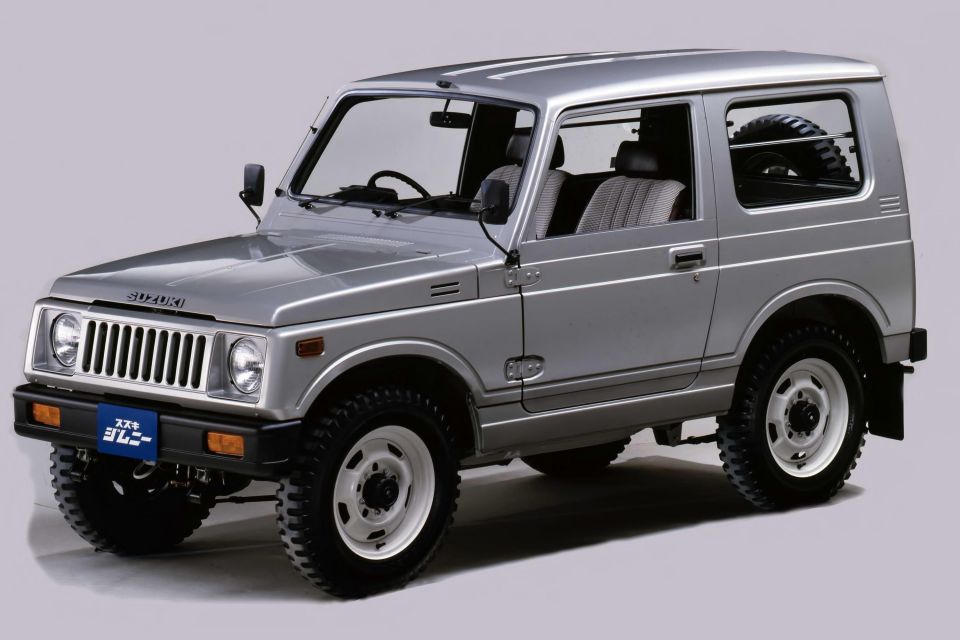
1985 model year vehicles would augment this with improvements such as a 5 speed manual transmission and power-assisted front disc brakes, also increasing engine displacement further to a heady 1.3-litre unit.
A rear-wheel-drive only soft-top version, known as the Sierra Samurai, was also introduced, but regardless of variant, the larger engine meant power was increased to 49kW, such that the Jimny could now exceed the 110 km/h speed limit in most Australian states.
Interestingly, the second generation also brought about a badge-engineered version from the 1985 model year, known as the Holden Drover. Sold for just two years until 1987, the Drover was otherwise identical to the Sierra, except for the lack of cab chassis or rear-wheel-drive.
Generational improvements typically also bring price increases, however the Jimny’s pricing was fairly consistent with its predecessor, with 1981 prices starting at $6,220 ($25,747 today).
A 1985 Holden Drover two-door hard-top equipped with the larger 1.3-litre engine, meanwhile, started at $10,647 ($32,416 today).
This is part one, we will finish the series next weekend.
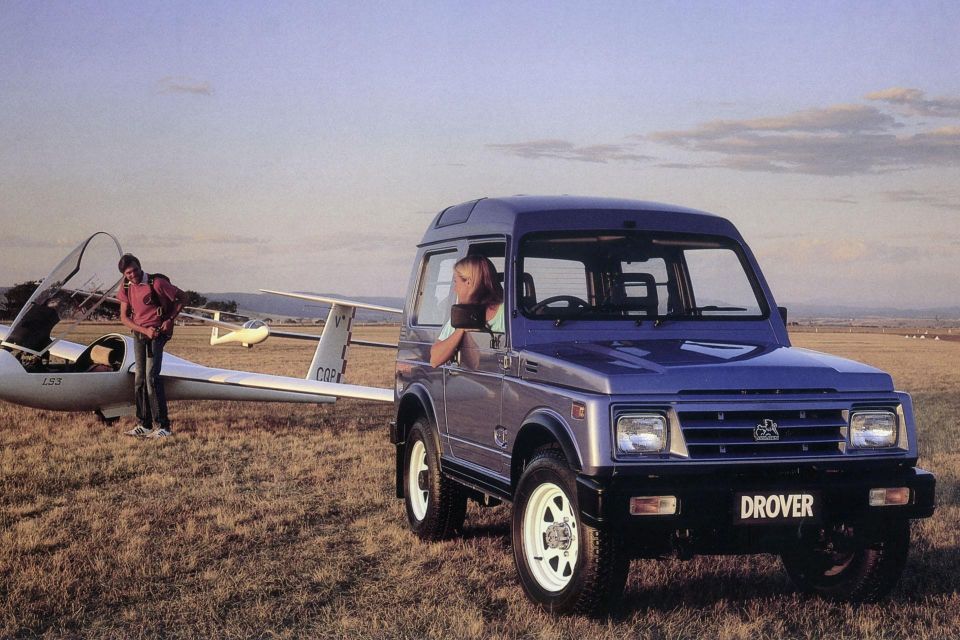
Where expert car reviews meet expert car buying – CarExpert gives you trusted advice, personalised service and real savings on your next new car.


CarExpert.com.au
11 Hours Ago


Damion Smy
1 Day Ago


Damion Smy
1 Day Ago


Josh Nevett
1 Day Ago


Max Davies
2 Days Ago


Ben Zachariah
2 Days Ago